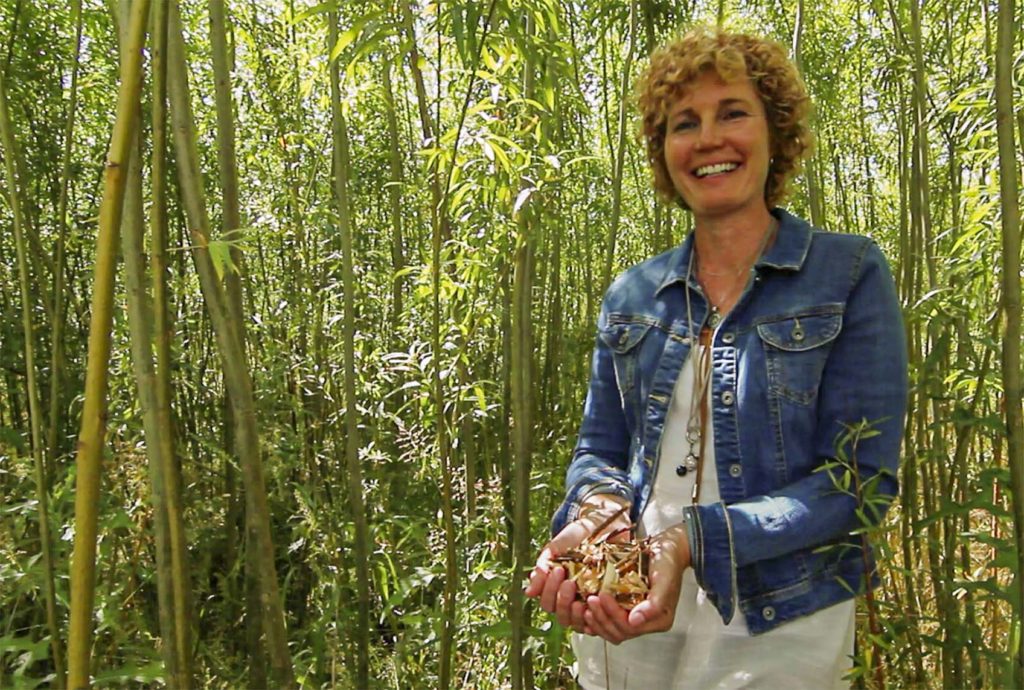News, events and interviews
Any questions?
Bio-Flex Gen coordinator Susanne Paulrud highlights interesting facts
- How does Bio-Flex Gen make a difference compared to state-of-the art combined heat and power plant (CHP) technology?
Susanne Paulrud : Due to a higher level of flexibility and efficiency, the Bio-Flex Gen CHP can utilise four different operation modes. This will optimise the production of different products such as heat, electricity, hydrogen and biogenic CO2 – depending on the market fluctuations.
- What is the overall goal of Bio-FlexGen?
S.P : The overall goal of Bio-FlexGen is to significantly increase the efficiency, flexibility and cost effectiveness of renewable energy-based combined heat and power plants (CHP). This will enable them to play a key role in integrating fluctuating renewable energy into the energy system. Therefore, Bio-Flex Gen will make a significant contribution to the decarbonisation of the energy system.
- What are your main challenges?
S.P : The challenges for Bio-CHP systems are to increase the electrical efficiency significantly and to be able to meet changes in energy demand alongside with cost-effectiveness.
- How does Bio-FlexGen contribute to the Europen Green Deal?
S.P : S.P. Bio-FlexGen will bring clear benefits in terms of reducing greenhouse gas emissions, air pollution and the use of fossil fuels.
Bio-FlexGen will also demonstrate that affordable, reliable, secure and flexible CHP systems can be designed to be adaptive and scalable for the energy demand. What is more, our systems are based on onshore, local renewables.
- Who will benefit from Bio-FlexGen?
S.P : Our highly efficient CHP is optimal for municipalities, cities and industries requiring power and process heat.
